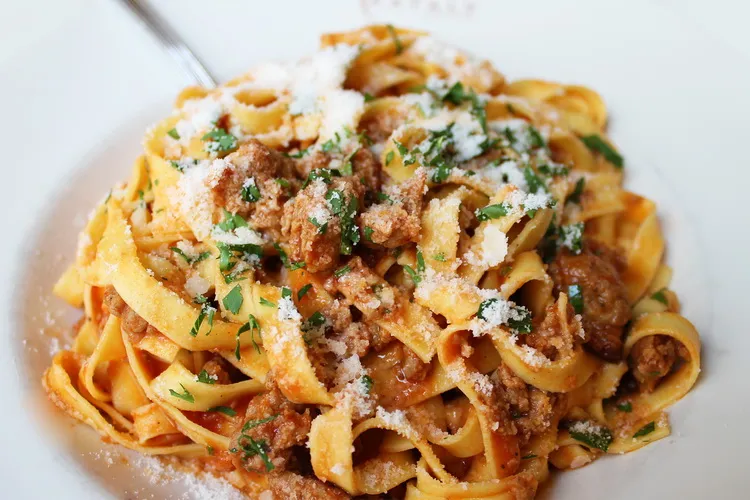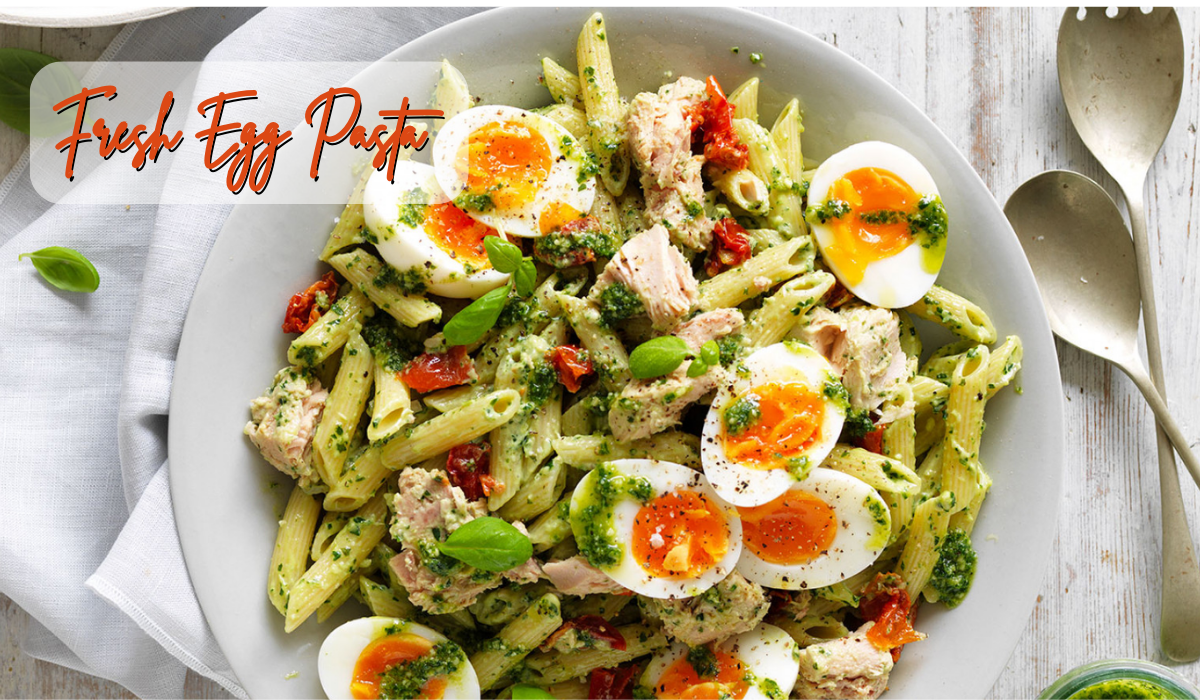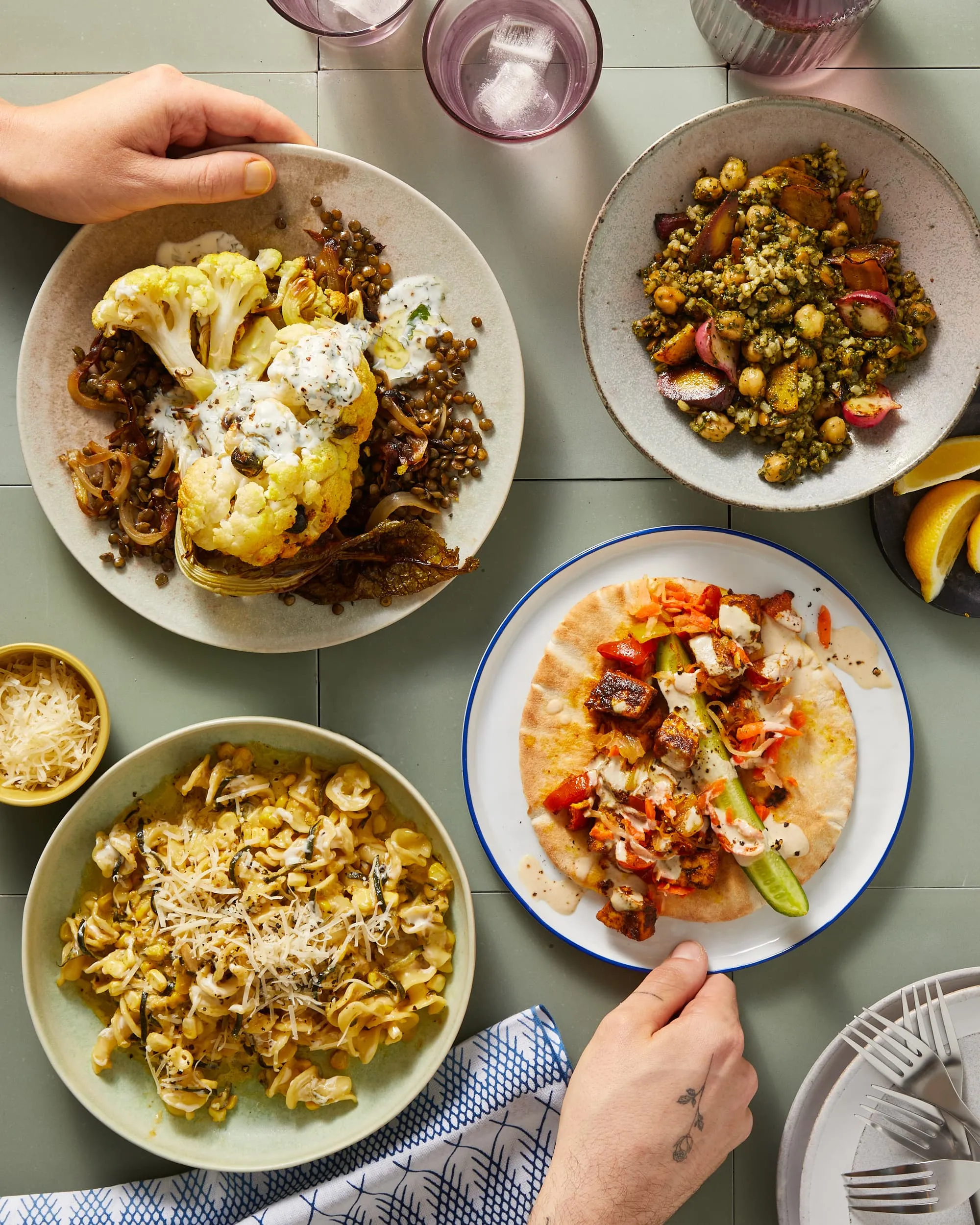When you suspect of Italian cuisine, pasta is possibly the primary issue that involves thoughts. From the bustling trattorias of Rome to the solar-soaked shores of Sicily, pasta is the heart of Italy's culinary culture. But what makes Authentic Italian pasta recipes simply special isn't simply the substances—it’s the history, regional variety, and timeless authenticity in the back of each dish. In this blog, we’ll take you on a flavorful adventure via true Italian pasta recipes, their regional roots, and how you could recreate them at home.
Read Also: Pasta con Camarones: A Flavor-Packed Fusion of Comfort and Coastal
Why Authenticity Matters in Italian Cooking?
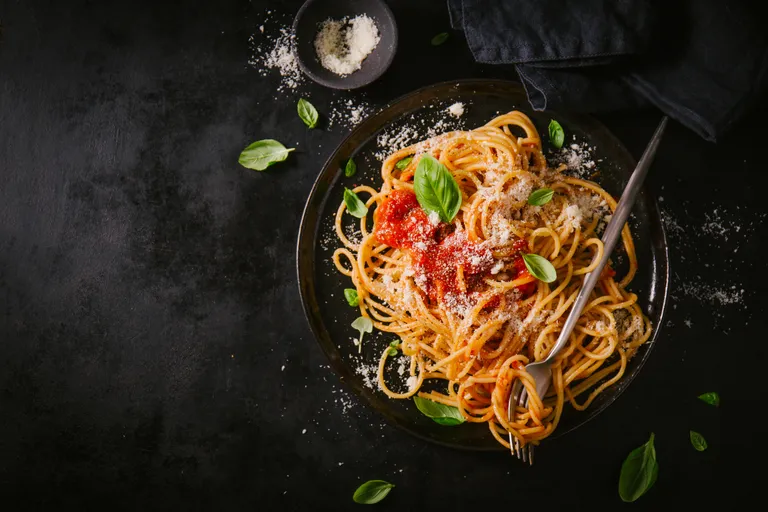
Authentic Italian pasta recipes are simple yet rich in flavor. They honor fresh, nearby substances and time-examined strategies. Unlike Americanized variations loaded with heavy creams or immoderate toppings, conventional Italian pasta focuses on balance, freshness, and texture.
Here’s a golden rule: with regards to genuine Italian pasta, less is greater.
1. Spaghetti alla Carbonara (Rome)
Origins:
From Rome, Carbonara is one of the most iconic Italian dishes. Many expect it includes cream, however the traditional model is based on eggs, Pecorino Romano, guanciale (cured pork cheek), and black pepper.
Ingredients:
- 400g spaghetti
- 150g guanciale (or pancetta)
- 3 large egg yolks + 1 complete egg
- 1 cup freshly grated Pecorino Romano
- Freshly floor black pepper
- Salt (for boiling pasta)
Instructions:
- Cook spaghetti in salted water until al dente.
- In a pan, cook dinner guanciale till crispy.
- In a bowl, whisk eggs with cheese and pepper.
- Drain pasta, reserving some water.
- Mix pasta with guanciale, then add the egg combination off heat, stirring quick to create a creamy sauce.
- Add reserved pasta water if wished. Serve right away.
2. Pesto alla Genovese (Liguria)
Origins:
This clean green pasta sauce hails from Genoa and is made with basil, pine nuts, garlic, Parmesan, and olive oil. Traditionally, it’s served with trofie or trenette pasta.
Ingredients:
- 2 cups fresh basil leaves
- 1/three cup pine nuts
- 2 garlic cloves
- 1/2 cup extra virgin olive oil
- half of cup grated Parmesan or Pecorino
- Salt to taste
- 400g pasta (trofie, linguine, or spaghetti)
Instructions:
- Blend basil, garlic, pine nuts, and salt in a meals processor.
- Slowly upload olive oil even as blending until smooth.
- Stir in grated cheese.
- Toss with freshly cooked pasta. Add a spoonful of pasta water to loosen the sauce if wished.
You May Also Like: How Long Does It Take to Prepare Garlic Parmesan Chicken
3. Tagliatelle al Ragù alla Bolognese (Emilia-Romagna)
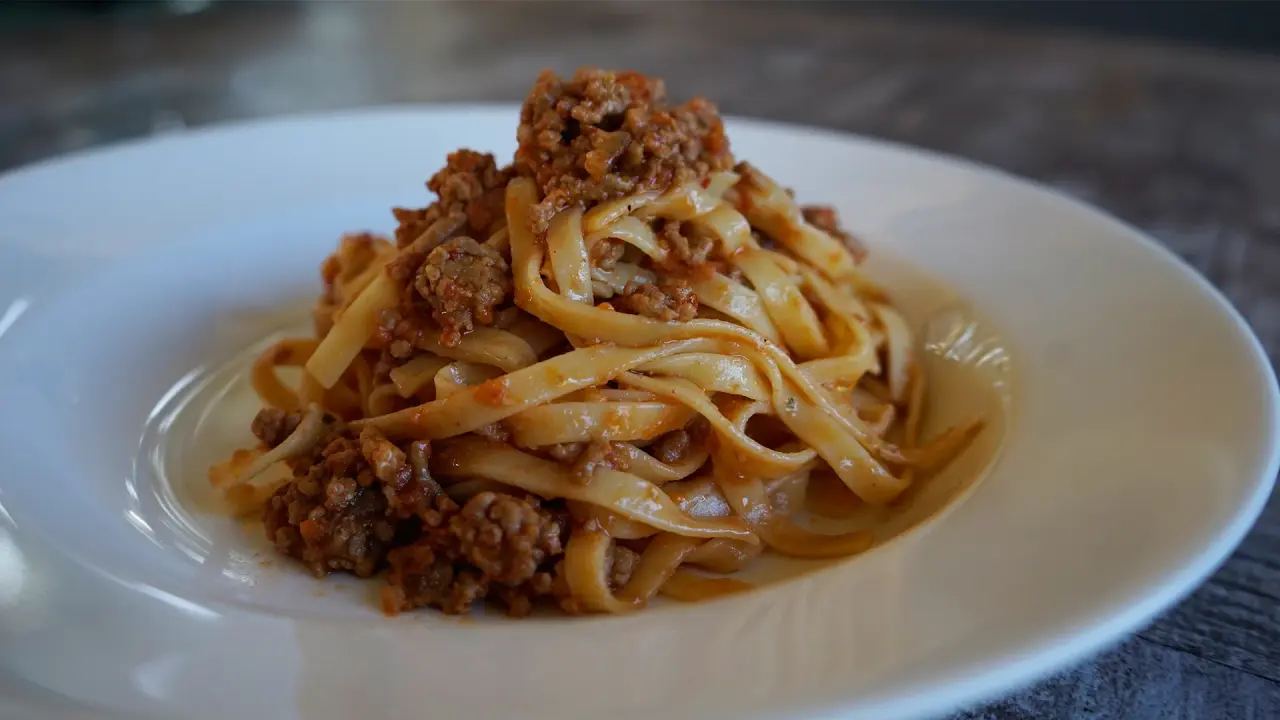
Origins:
Often misunderstood as “spaghetti bolognese,” the actual deal from Bologna is tagliatelle with a gradual-cooked meat sauce, now not served with spaghetti and by no means overloaded with tomato.
Ingredients:
- 400g sparkling tagliatelle
- 300g floor red meat
- 200g floor pork
- 1 onion, 1 carrot, 1 celery stalk (finely chopped)
- 1 cup complete milk
- 1 cup dry white wine
- three tbsp tomato paste
- Olive oil, salt, pepper
Instructions:
- Sauté chopped vegetables in olive oil.
- Add meats, cooking till browned.
- Stir in wine and cook until it evaporates.
- Add tomato paste, then milk. Simmer slowly for two hours.
- Season to flavor. Serve over tagliatelle with Parmesan.
4. Orecchiette con Cime di Rapa (Puglia)
Origins:
From southern Italy, this dish uses orecchiette pasta (“little ears”) and rapini (broccoli rabe). It’s rustic, barely sour, and surprisingly satisfying.
Ingredients:
- 400g orecchiette
- 1 bunch broccoli rabe (cime di rapa), chopped
- 4 garlic cloves
- 4 anchovy fillets
- Crushed crimson chili flakes
- Olive oil, salt
Instructions:
- Boil broccoli rabe till smooth. Drain and set aside.
- In the equal water, cook orecchiette until al dente.
- Sauté garlic, anchovies, and chili flakes in olive oil.
- Add broccoli rabe, prepare dinner briefly.
- Toss the whole thing with the drained pasta. Drizzle with extra oil and serve.
5. Pasta alla Norma (Sicily)
Origins:
Named after the opera Norma, this Sicilian distinctiveness features fried eggplant, tomato sauce, and ricotta salata.
Ingredients:
- 400g rigatoni or spaghetti
- 2 medium eggplants
- 2 cups tomato passata or beaten tomatoes
- 2 garlic cloves
- Fresh basil
- Olive oil, salt
- Grated ricotta salata cheese
Instructions:
- Slice eggplant, salt and drain for 30 minutes to do away with bitterness.
- Fry till golden and set aside.
- Cook garlic in olive oil, upload tomatoes and basil. Simmer 20 mins.
- Boil pasta till al dente.
- Combine pasta with sauce and eggplant. Top with ricotta salata.
Read Also: The Nutritional Value of Pasta with Edamame
Tips for Making Authentic Italian Pasta at Home

1. Use the Right Pasta Shape
Every sauce has its best pasta. Ragù clings nice to tagliatelle, at the same time as pesto pairs splendidly with trofie or linguine.
2. Cook Pasta Al Dente
Italians choose their pasta with a piece of chunk. Overcooked pasta ruins the feel and authenticity.
3. Salt Your Water Well
“Salty like the sea” is the guideline. Properly salted water enhances the taste of pasta.
4. Don’t Rinse the Pasta
Never rinse pasta after boiling. The starch allows sauces cling better.
5. Use High-Quality Ingredients
Italian dishes are simple, so the exceptional of every element—from cheese to olive oil—makes a large distinction.
Final Thoughts
Authentic Italian pasta recipes are greater than just meals—they’re expressions of records, family, and nearby pleasure. Whether you’re preparing a Roman Carbonara or a Sicilian Pasta alla Norma, cooking these dishes at domestic connects you to centuries of culinary way of life.
Next time you reach for a box of pasta, keep in mind: with just a few clean components and a bit love, you can deliver the soul of Italy for your table. Buon appetito!

